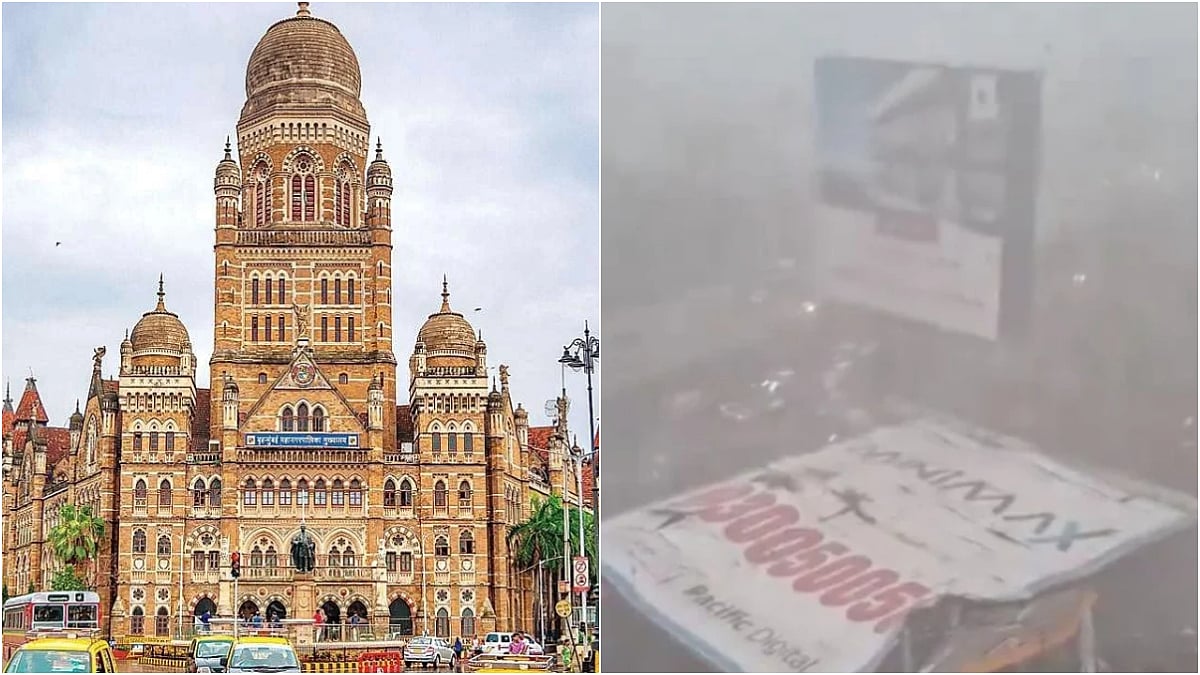Palghar: A recent research paper has highlighted how frequent low-intensity earthquakes are causing significant damage to residential structures in Maharashtra’s Palghar district, disproportionately affecting tribal communities already grappling with poverty and inadequate housing support.
The study, titled “Seismic Vulnerability and Housing Impact in Palghar, Western India: Analysing the Effects of Frequent Earthquakes on Tribal Communities,” has been authored by Palghar District Disaster Management Cell chief Vivekanand V. Kadam along with Pramod H. Patil from the School of Management Sciences, Swami Ramanand Teerth Marathwada University. It appeared in the Proceedings of the Indian National Science Academy on November 22.
The paper focuses on the persistent seismic activity recorded in the district since December 2018. It analyses the extent of structural damage, the types of houses affected, and the socio-economic vulnerabilities that heighten the impact on the region’s largely tribal population. The district has experienced frequent earthquakes since December 25, 2017. According to the Earthquake Hazardous Zoning Atlas of India, Palghar district is now classified under earthquake Zone III, has witnessed damage across 2,186 homes in 38 Gram Panchayats. Tribals constitute more than 37 per cent of the district’s residents. The region has experienced around 264 earthquakes from November 2018 to February 2025.
According to the research, repeated low-magnitude tremors have led to cracks and structural weakening, especially in homes built with non-durable materials such as mud or unburnt bricks. The authors noted that current housing schemes fall short in enabling earthquake-resistant construction.
“Government initiatives like the Pradhan Mantri Awas Yojana provide around ₹1.50 lakh for a 267 sq ft house, but this amount is insufficient to build a concrete or quake-resistant structure,” the paper stated. Most tribal families, dependent on daily wage labour or small-scale produce sales, lack additional income sources to supplement construction costs. As a result, homes are often built with single-brick walls, inadequate sand, and poor cement-mud mixtures, leaving them vulnerable even to mild tremors.

Seismic activity in Palghar district is predominantly observed in Dahanu and Talasari talukas. The epicentre of these earthquakes is centred around Dhundalwadi (Centre of all 264 earthquakes) in Dahanu taluka, located approxi- mately 6 km from the Kuruze reservoir and 20 km from the Dhamani dam. Given that this region is a tribal area (Socio economic vulnerability) and is a hotspot for seismic activity, it is very important to implement necessary preparedness and mitigation measures to avoid future risks.
The researchers stressed that addressing the issue will require a multi-pronged strategy. This includes increased financial support for durable housing, community education on earthquake-resistant construction techniques, and the development of alternative income sources to enhance the economic resilience of the population.
To get details on exclusive and budget-friendly property deals in Mumbai & surrounding regions, do visit: https://budgetproperties.in/







